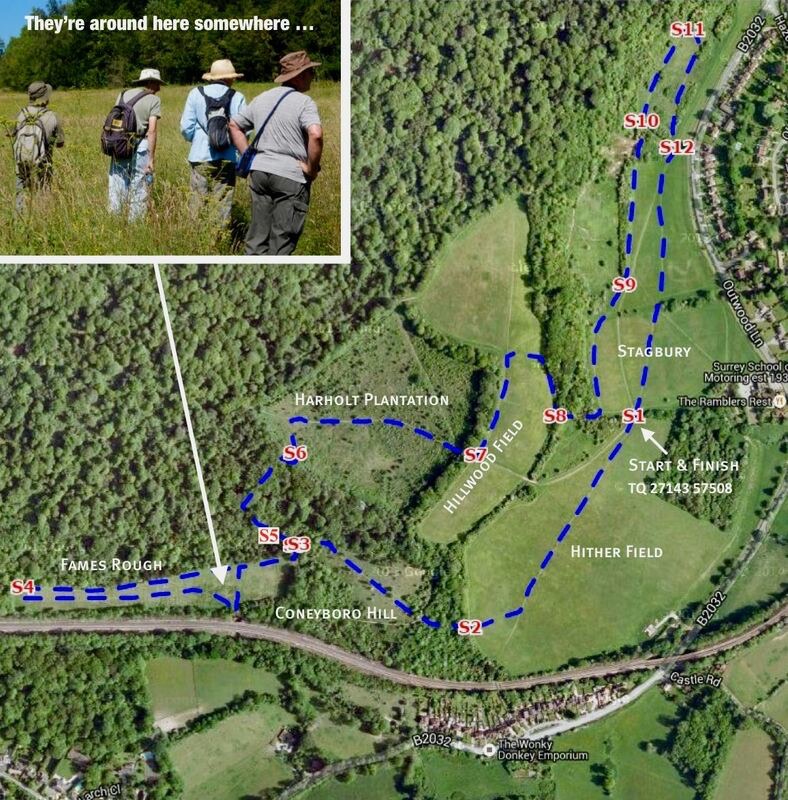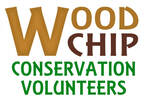|
|
Why do we do surveys?
Besides our conservation tasks in the woods and meadows of our Local Nature Reserve, we also carry out surveys of plants and wildlife, in particular the numbers and variety of butterflies to be found in our Local Nature Reserve. As well as alerting us to species in decline, these can highlight actions to conserve habitat for these key indicators of a healthy environment. Over the last few years, we have set up new sources of food plant for the Small Blue, the smallest British butterfly, and are propagating trees that are favoured by two species of Hairstreak butterfly. When do the surveys take place? Every week, from April to October, a small group of our volunteers walk a fixed route (called a transect) through Chipstead Valley, recording butterfly species and numbers. These are then added to the nationwide database of Butterfly Conservation (UKBMS). We report on the figures weekly and the totals at the end of the year. Last year we spotted a record 5,750 butterflies across 36 species. One fine day last July we recorded no fewer than 1,066. A breakdown of our survey figures for 2018 can be found here, and more details are in our Annual Report. Can anyone join in? Anyone with an interest in these beautiful creatures is welcome to join us on our butterfly surveys. No experience required as guidance can be provided if needed. These gentle strolls typically last a morning, with refreshment breaks and, of course, lots of photo opportunities. So bring your camera! What about the weather? Butterflies are very particular in their weather needs. They prefer it fine and dry, with minimum temperatures of 13°C (if fairly sunny) or 17° (overcast) and a wind speed of less than 5 on the Beaufort scale. Fortunately, this also suits our volunteers. |
Our first butterfly survey this year took place on 19th May 2020. You'll find details of all our surveys during the year on our Butterfly Blog.
Click here for the Butterfly Count on our 2020 transects.
Click here for the Butterfly Count on our 2020 transects.



